| In vitro: |
| Rapid Commun Mass Spectrom. 2006;20(5):815-22. | | Simultaneous determination of tanshinone IIA and its three hydroxylated metabolites by liquid chromatography/tandem mass spectrometry.[Pubmed: 16470728] |
METHODS AND RESULTS:
A rapid and sensitive method based on liquid chromatography/tandem mass spectrometry (LC/MS/MS) for the simultaneous determination of tanshinone IIA and its three hydroxylated metabolites, tanshinone IIB, Hydroxytanshinone IIA and przewaquinone A, in a rat liver microsome was developed and fully validated. A single step of liquid-liquid extraction with ethyl acetate was utilized in this method. Chromatographic separation of the sample matrix from the analytes and the internal standard diazepam was performed using a Shim-pack VP-ODS analytical column. Detection was performed on a triple quadrupole tandem mass spectrometer equipped with an electrospray ionization source and operated in selected reaction monitoring (SRM) mode. The method was linear in the concentration range of 1-500 ng/mL for all analytes. The intra- and inter-day precisions (RSD %) were within 15% and deviations of the assay accuracies were within 15.0% for all analytes. The analytes proved to be stable during sample storage, preparation and analyses. This validated method was successfully applied to the enzyme kinetic study of tanshinone IIA in liver microsome.
CONCLUSIONS:
The elimination of tanshinone IIA and formation of tanshinone IIB and Hydroxytanshinone IIA in the liver microsome all exhibited a sigmoidal kinetics profile. The formation of przewaquinone A shows a typical hyperbolic profile. In addition, this method has now been applied in the analysis of other bio-samples including plasma, urine, bile and feces. |
|
| In vivo: |
| Journal of Chromatography A Volume 1104, Issues 1–2, 3 February 2006, Pages 366–369 | | Identification of tanshinone IIA metabolites in rat liver microsomes by liquid chromatography–tandem mass spectrometry[Reference: WebLink] | Tanshinone IIA, the major component extracted from Radix salvia miltiorrhiza, has been observed to possess various kinds of pharmacological activities including antioxidant, prevention of angina pectoris and myocardial infarction and anticancer.
METHODS AND RESULTS:
Tanshinone IIA was incubated with rat liver microsomes and the resulting metabolites were identified by liquid chromatography/tandem mass spectrometry. The results showed the formation of three main hydroxyl metabolites. The three hydroxyl metabolites of tanshinone IIA were proved to be tanshinone IIB, Hydroxytanshinone IIA and przewaquinone A by comparing the tandem mass spectra and the chromatographic retention time with that of the respective authentic compounds.
CONCLUSIONS:
Tanshinone IIB, Hydroxytanshinone IIA and przewaquinone A are all the chemical components of total tanshinones. It was reasonable to presume that the three hydroxy metabolites of tanshinone IIA were pharmacologically active the same as tanshinone IIA and the total tanshinones. | | J Mass Spectrom. 2006 May;41(5):670-84. | | Characterization of metabolites of tanshinone IIA in rats by liquid chromatography/tandem mass spectrometry.[Pubmed: 16598708] | The metabolism of tanshinone IIA was studied in rats after a single-dose intravenous administration.
METHODS AND RESULTS:
In the present study, 12 metabolites of tanshinone IIA were identified in rat bile, urine and feces with two LC gradients using LC-MS/MS. Seven phase I metabolites and five phase II metabolites of tanshinone IIA were characterized and their molecular structures proposed on the basis of the characteristics of their precursor ions, product ions and chromatographic retention time. The seven phase I metabolites were formed, through two main metabolic routes, which were hydroxylation and dehydrogenation metabolism. M1, M4, M5 and M6 were supposedly tanshinone IIB, Hydroxytanshinone IIA, przewaquinone A and dehydrotanshinone IIA, respectively, by comparing their HPLC retention times and mass spectral patterns with those of the standard compounds. The five phase II metabolites identified in this research were all glucuronide conjugates, all of which showed a neutral loss of 176 Da. M9 and M12 were more abundant than other identified metabolites in the bile, which was the main excretion path of tanshinone IIA and the metabolites.
CONCLUSIONS:
M12 was the main metabolite of tanshinone IIA. M9 and M12 were proposed to be the glucuronide conjugates of two different semiquinones and these semiquinones were the hydrogenation products of dehydrotanshinone IIA and tanshinone IIA, respectively.
This hydrogenized reaction may be catalyzed by the NAD(P)H: quinone acceptor oxidoreductase (NQO). The biotransformation pathways of tanshinone IIA were proposed on the basis of this research. |
|


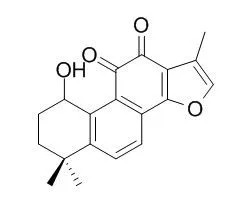

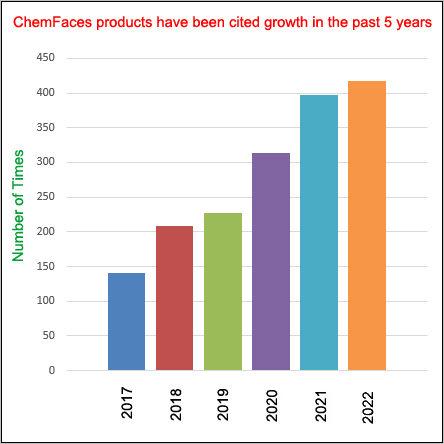
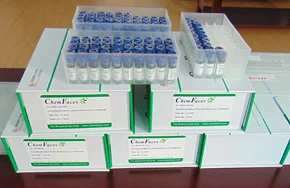
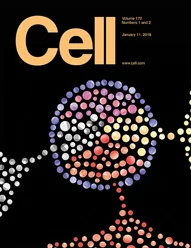 Cell. 2018 Jan 11;172(1-2):249-261.e12. doi: 10.1016/j.cell.2017.12.019.IF=36.216(2019)
Cell. 2018 Jan 11;172(1-2):249-261.e12. doi: 10.1016/j.cell.2017.12.019.IF=36.216(2019)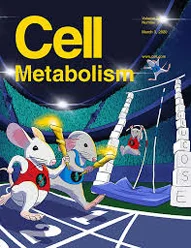 Cell Metab. 2020 Mar 3;31(3):534-548.e5. doi: 10.1016/j.cmet.2020.01.002.IF=22.415(2019)
Cell Metab. 2020 Mar 3;31(3):534-548.e5. doi: 10.1016/j.cmet.2020.01.002.IF=22.415(2019)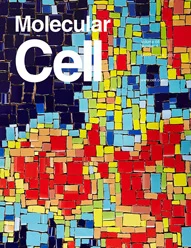 Mol Cell. 2017 Nov 16;68(4):673-685.e6. doi: 10.1016/j.molcel.2017.10.022.IF=14.548(2019)
Mol Cell. 2017 Nov 16;68(4):673-685.e6. doi: 10.1016/j.molcel.2017.10.022.IF=14.548(2019)